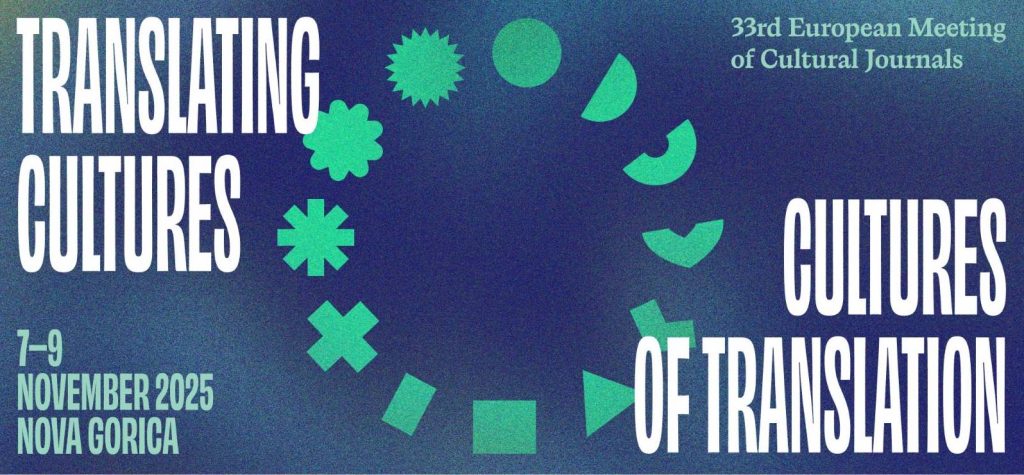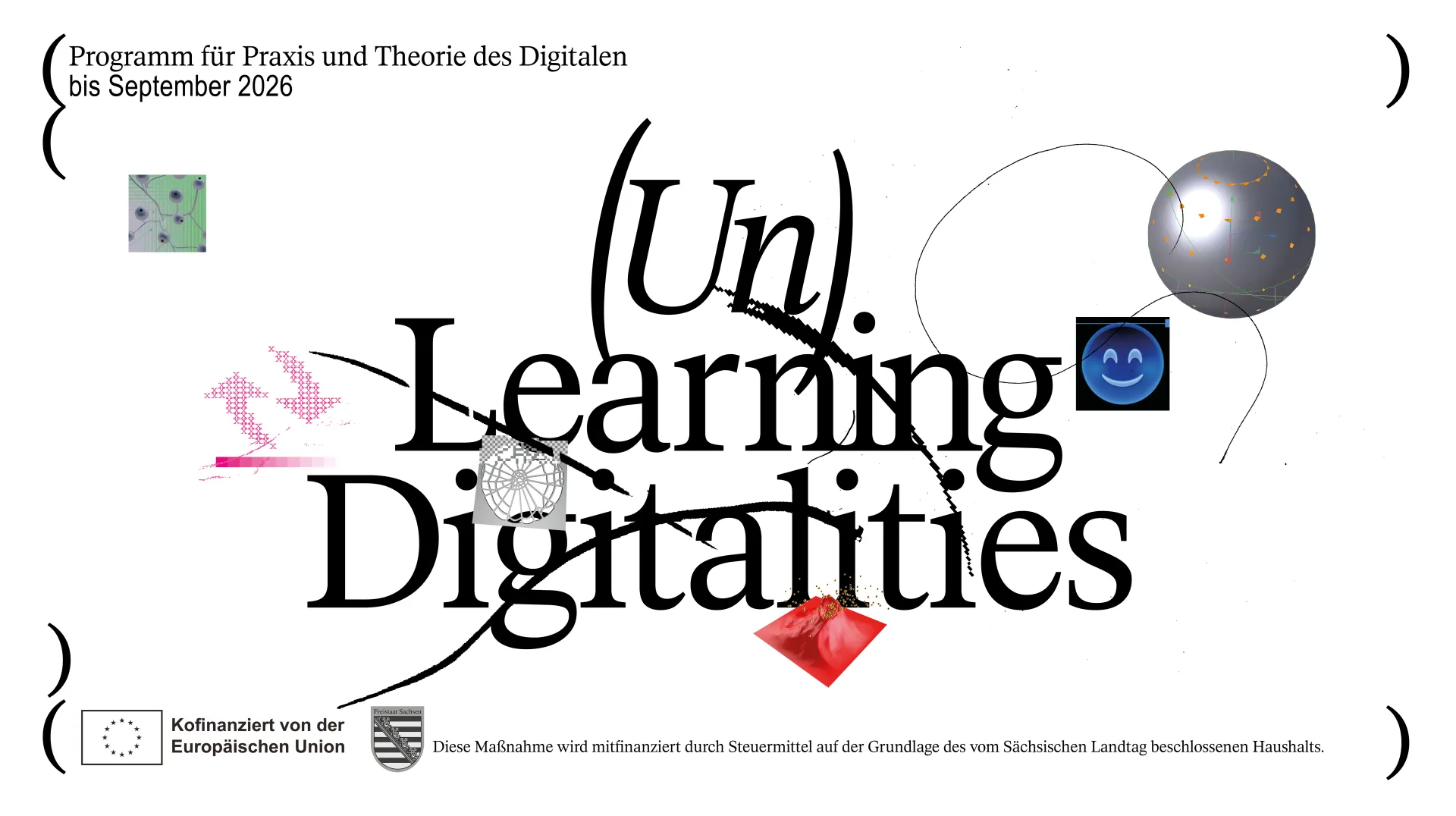It's Nice In Here paints a fragmented portrait of a person, a moment and a place, seen through the subjective memories of a young girl, Imani, and a police officer, David. Both have different experiences of a fateful moment in a convenience store, which will change their lives forever.
The short animation premiered at the Semaine de la Critique in Cannes. Many festival selections followed. European television and streaming platform ARTE acquired the short for its platform. It's Nice In Here qualified for the Animated Short Film category at the Academy Awards.
For this article we interviewed director Robert-Jonathan, who combined working on this film and teaching at WdKA since his graduation from WdKA in 2018. Scroll down to read all about the making process of the film, the submission to the Oscars and Robert-Jonathan’s vision for the future.
How did the idea for this film originate?
“When I was an animation student at WdKA myself, I already had plans to make this film as a graduation project, which turned out to be a little too ambitious. The project was simply too big to do on my own in the amount of time I had. So, I graduated with the experimental film ‘Here: A Visual Poem’, for which I was granted a wildcard from the Netherlands Film Fund. This helped me to make ‘It’s Nice in Here’ that is now, five years after I first came up with the idea, finally here.”
How did you experience the making process of the film?
"It was a very intense and personal process, that even goes beyond the making of this film. It has been a journey of exploring my own Blackness and that of others. In order to do so, I traveled to the US, West-Africa, and Curaçao to experience what it’s like to be Black in various places that are seemingly, on first glance, quite different from each other. I wanted to get a better understanding of the lived experience of Black people in different places, which has been very impactful and of great importance for both the film and myself.
Sometimes it was hard to find a balance between working on It’s Nice in Here and working at WdKA as a teacher. Over the years, I’ve come to realize how much of a WdKA product the film has become, since I ended up working with a lot of my old classmates, my old tutors and current colleagues, and some of my own students, who helped me with finishing up the details of the film.”
Did your vision on the film change since your first idea in 2017?
The title of the film ‘It’s Nice in Here’, was already there from the beginning, but the meaning behind it has changed a lot for me over the years. At first, it was mostly about acceptance and self-love; about how nice it is to be in this Black skin.
But a lot has happened in the years after. Tragic events such as the killing of George Floyd impacted the making process and meaning of the film heavily.
After the killing of George Floyd it has been really hard for us to feel empathy for the storyline of the police officer David. We had a lot of conversations about that with the team and supported each other through this painful period, since it tapped in to a lot of traumas.
I have changed and grown a lot during the making process and so did my team, so this definitely changed our view and vision on the film. As I was making the film, the film was also very much making me.”
Can you tell us more about the storyline? What is the film about?
“It’s Nice in Here is a story about subjectivity and perspectives. Different people can perceive the same moment so differently. This film shows that through the eyes of two characters: a young girl, Imani, and a police officer, David.
The questions I was interested in exploring were: How is the Black body perceived? How do stories get told about people who are no longer here to tell it themselves? What narrative are we left with after they get (de)humanized by people on polarizing sides of the political spectrum?”
What happened after the premiere in Cannes?
“A lot of doors opened after the screening in Cannes. Being part of this film festival still feels surreal, like an official form of confirmation after all these years of hard work from the comfort of our homes. I remember already being nervous screening my graduation film at WdKA, but Cannes is definitely a different league.
So far, I’ve got so many positive reactions. The one moment that I cherish most was when a group of African American students told me, after having watched the film, how meaningful it was to them. Seeing the story resonate with Black people from different places was the most important thing for me with this film.”
Did you make the film specifically for young Black people like these students?
“Yes, but not only for young people. I really wanted to create representation for all Black lives within this film. It’s important to me that Black people can identify with the main characters, their hair, their complexion, the hoodie.
In animation, you construct everything. You start with nothing and breathe life onto a blank canvas. During my entire time as a student at WdKA, all the characters I drew were white. It took until my final year to start unpacking this and to realize how wired I had been to see white as my default. After this realization, I decided to use my power to create stories about people that look like me.”
How did your film get submitted for the Oscars?
“We had an Oscar-qualifying run in the US. After these screenings, we were able to officially submit our film to the Academy Awards for Best Animated Short Film.
In December, the Oscars Academy members will make a shortlist. In order to get shortlisted, a lot of publicity and buzz around the film needs to be generated. Close to seventy other short animated films
have been submitted to the Oscars, so there is a chance that the Academy members won’t even see ours. We are getting a lot of support from SEE NL though, which I hope will help us make it onto the Academy’s radars. In January, the final nominees will be chosen from this shortlist.
The Oscars have always been a childhood dream of mine, so it still feels surreal and I haven’t completely processed everything yet. Sometimes it feels I’m still in Cannes with my head. I am so incredibly proud of my team and it feels amazing to be able to share these moments with them. It already feels like such a big milestone for me to be where I am now.”
What are your plans for the future?
“I wasn’t thinking about it before everyone in Cannes asked me this question. Since then, I came up with two new ideas. I have plans to make a documentary film, because I miss the freedom of editing and (re)arranging footage. When it comes to the theme, without spoiling too much, my next project will be a continuation of my last film. Just as ‘It’s Nice in Here’ continued on my graduation film, dealing with themes such as memories, perspectives and Blackness. To quote Jean Renoir, ‘A director makes only one movies in their lives. Then they break it up and make it again.’ I feel like he was onto something.”




